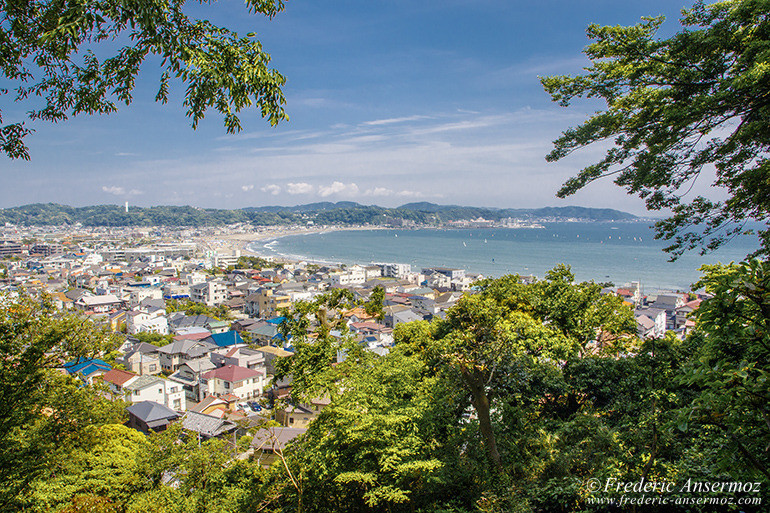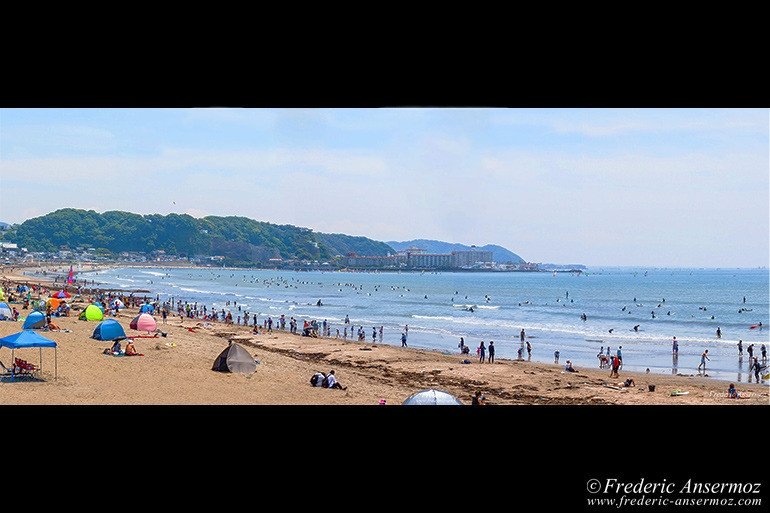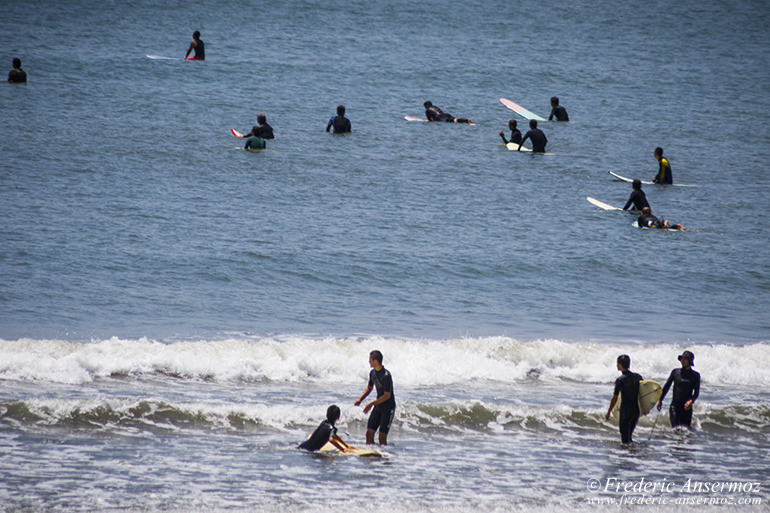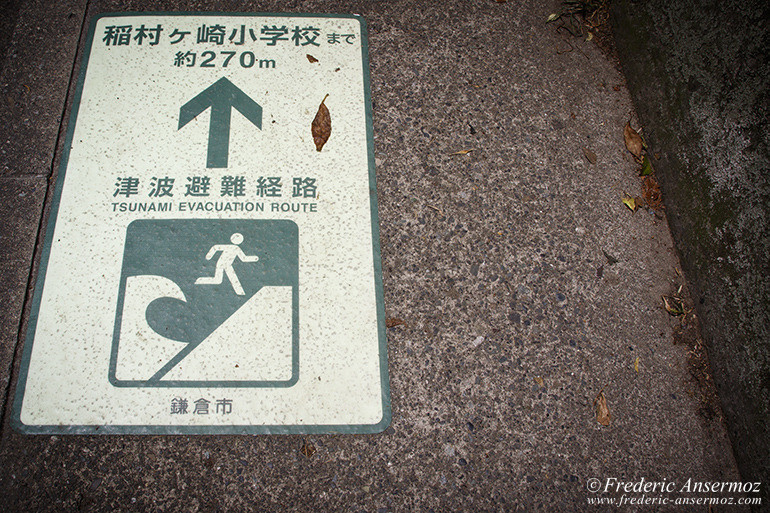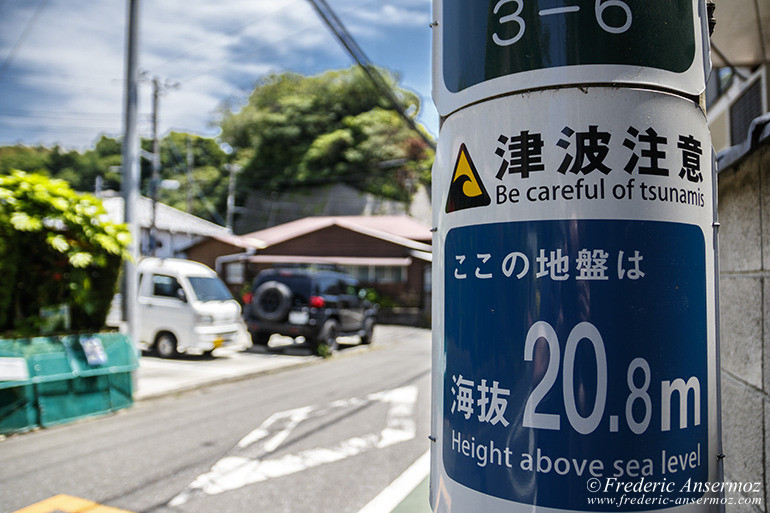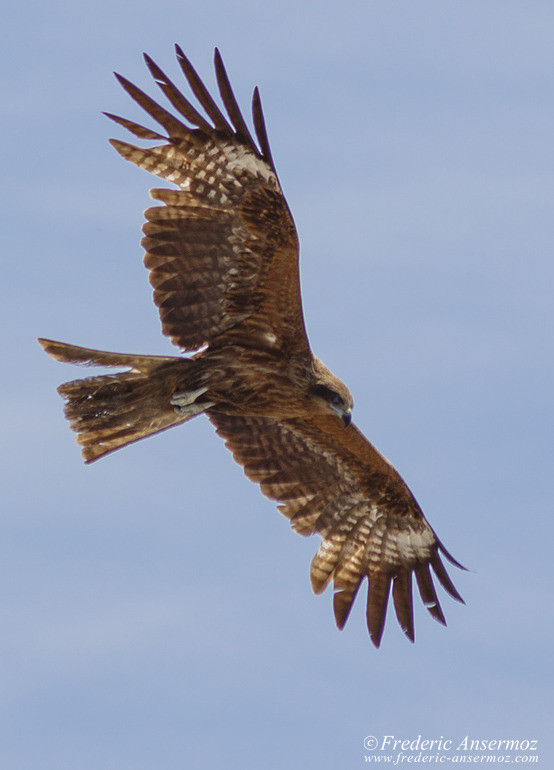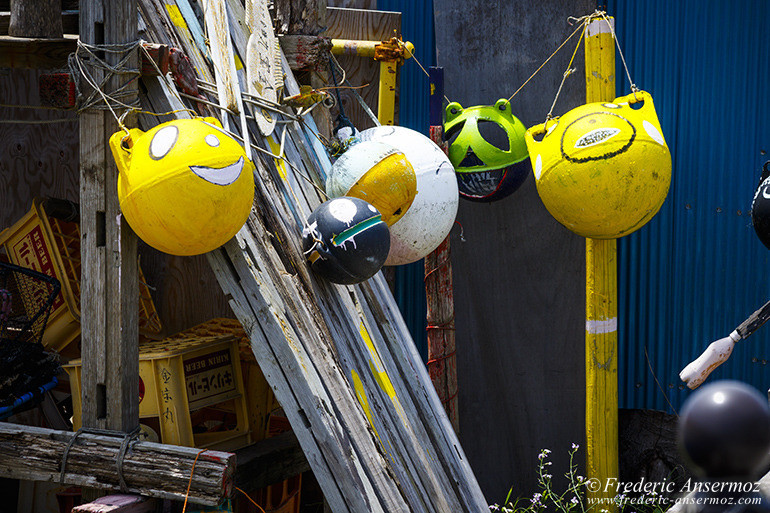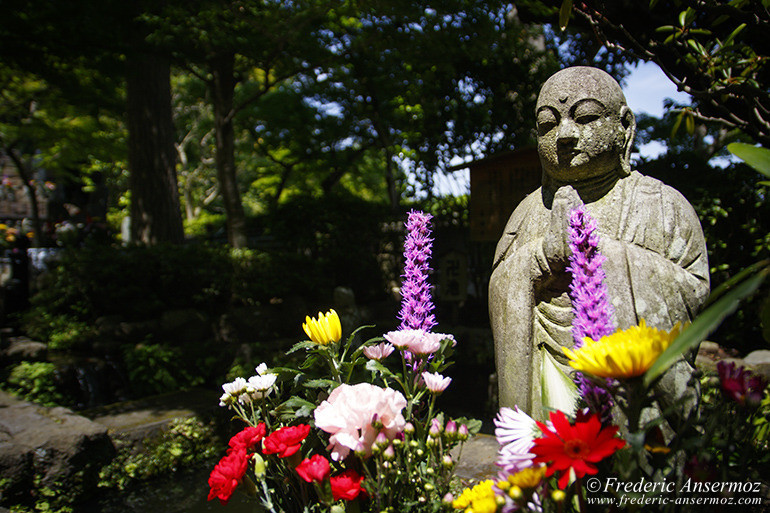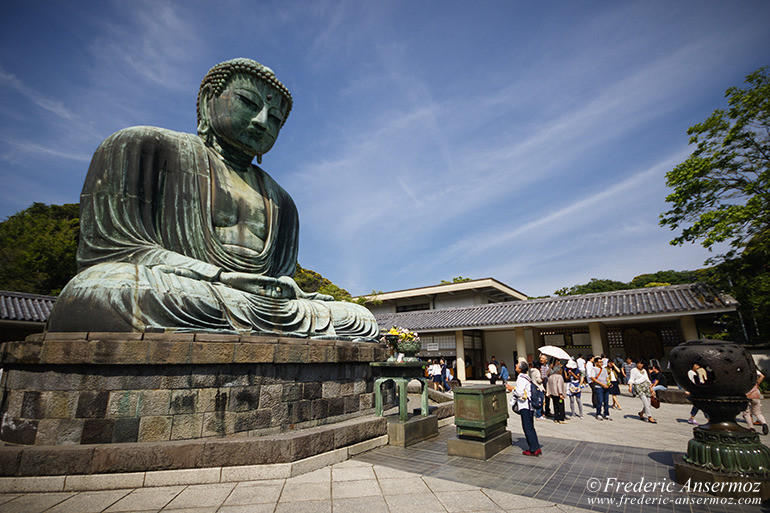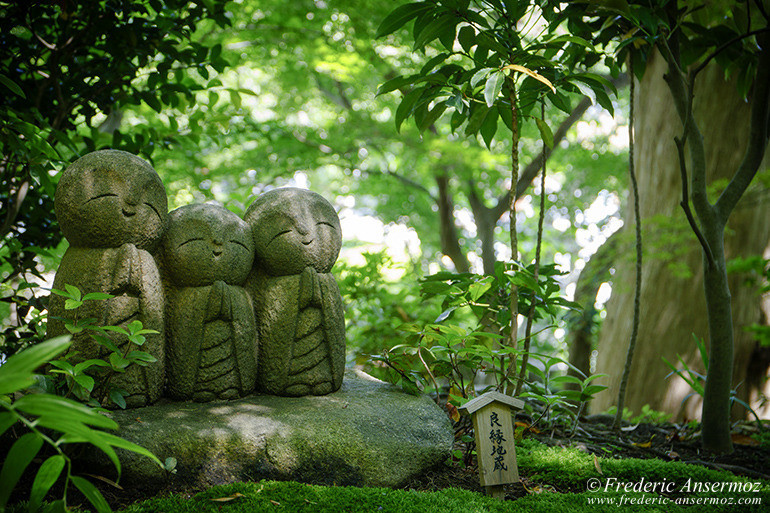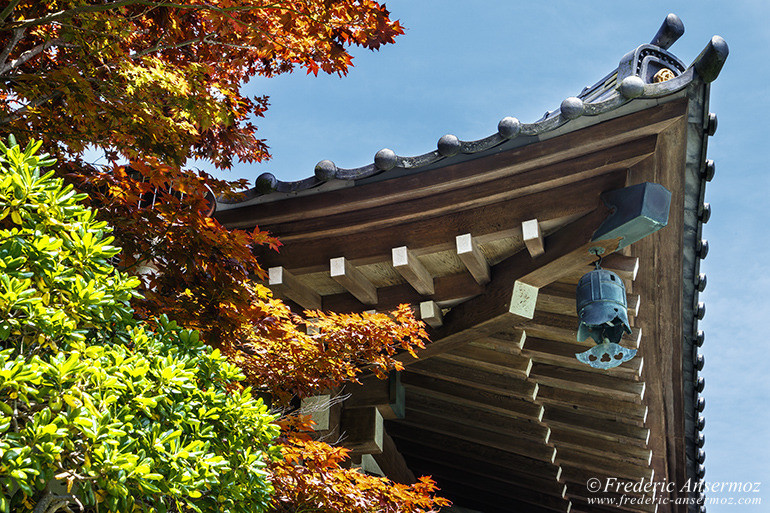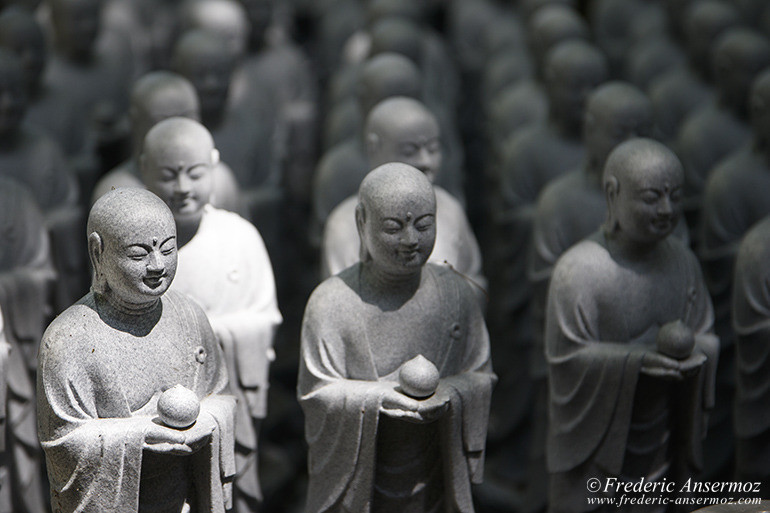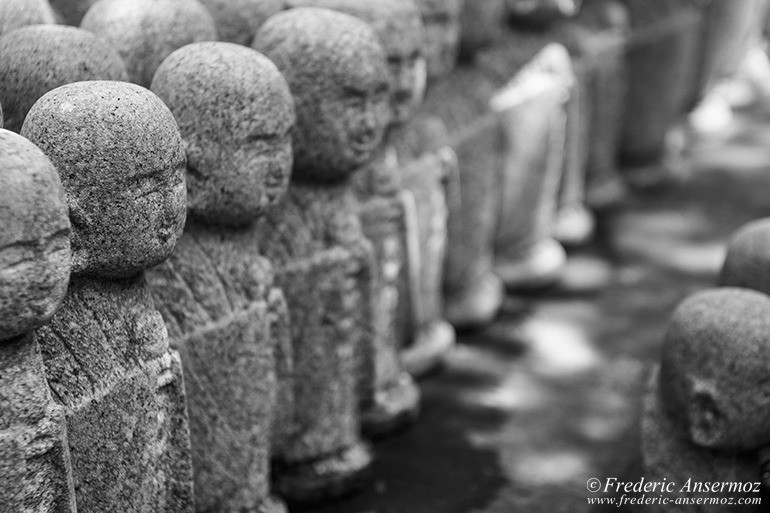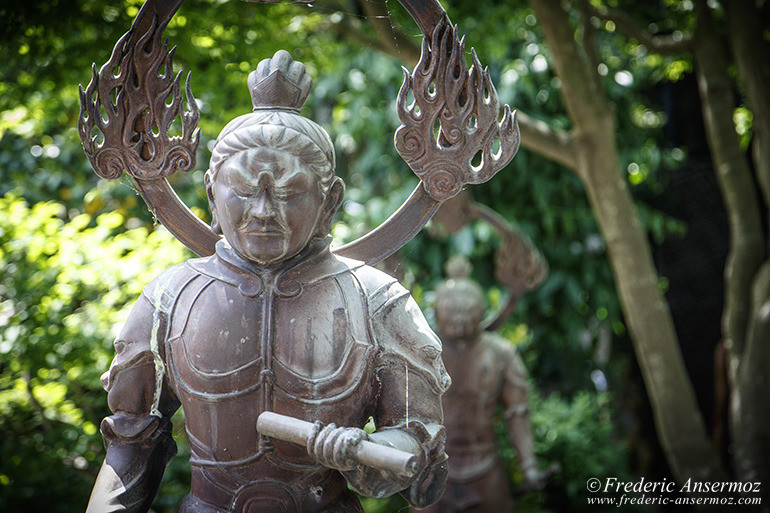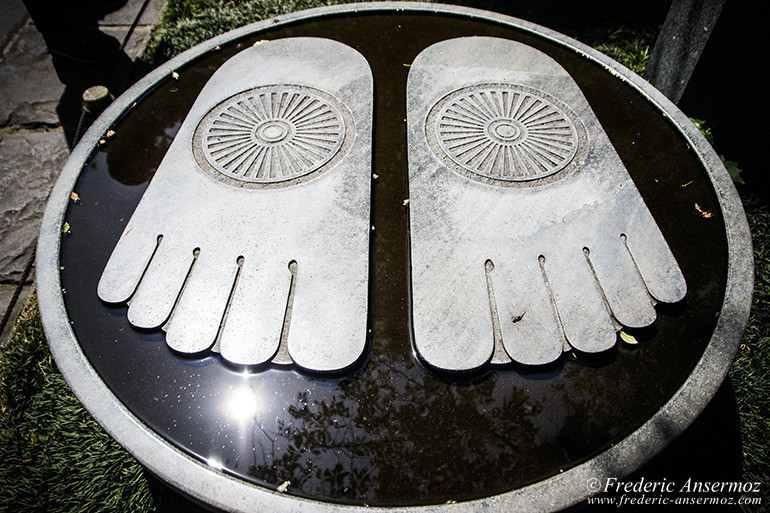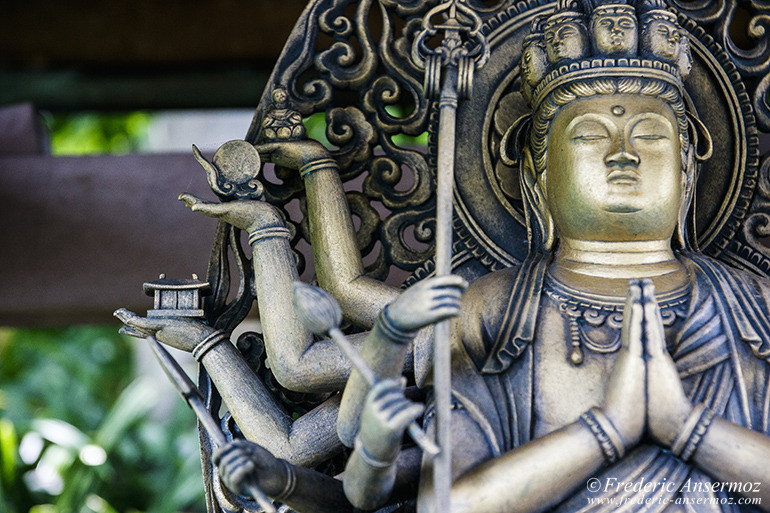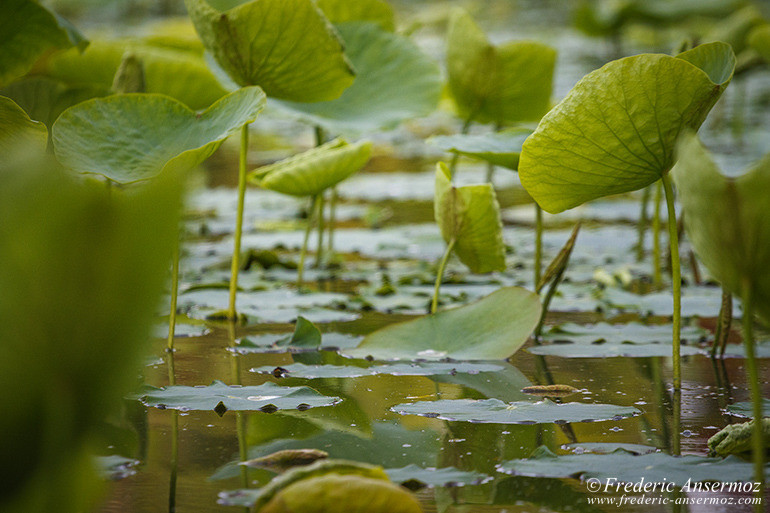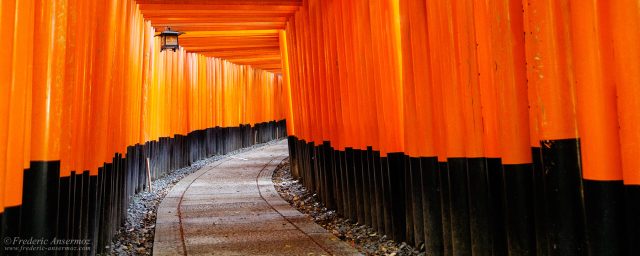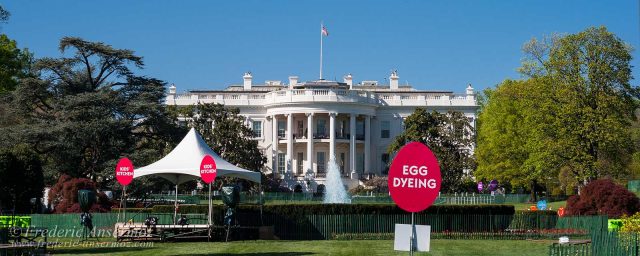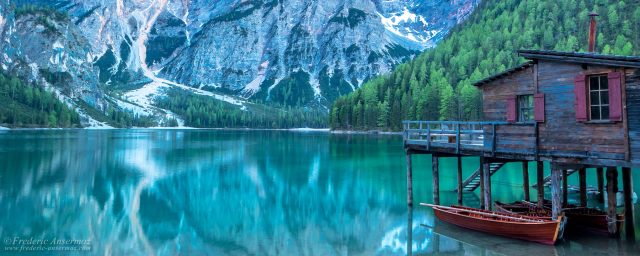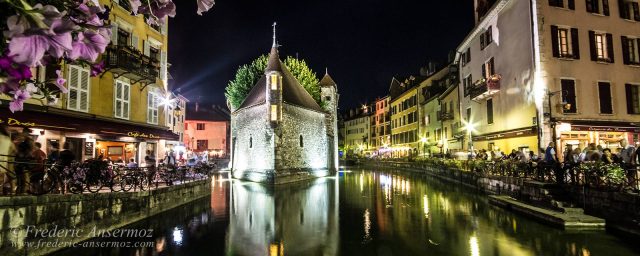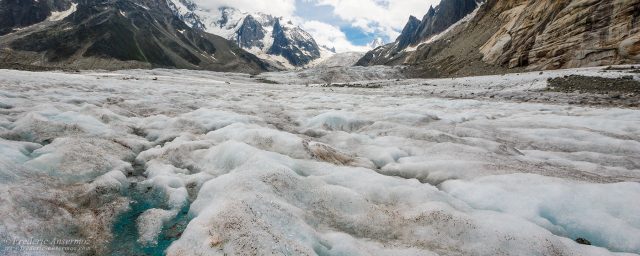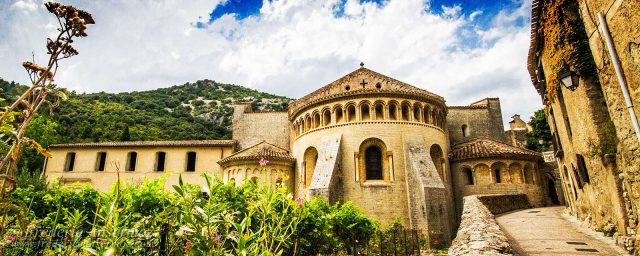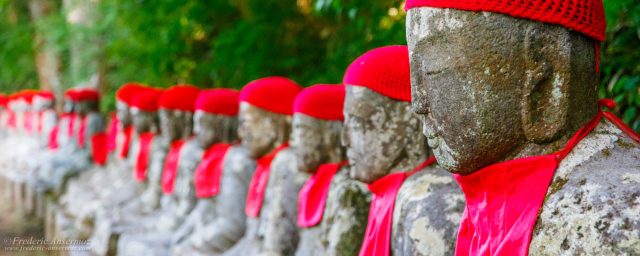Kamakura, Japan, is a coastal town in Kanagawa Prefecture, about an hour south of Tokyo.
Kamakura became the political center of Japan in 1192, when Minamoto no Yoritomo chose the city as the seat for his new military government (the Kamakura Shogunate), which ruled Japan for over a century.
After the decline of the Kamakura government in 1333, and the establishment of its successor in Kyoto, Kamakura remained for some time the political center of Eastern Japan.
Kamakura was designated as a city in 1939.
Today, Kamakura is a very popular destination for tourists, offering numerous temples, shrines and historical monuments.
Kamakura lies at the coast of the Pacific Ocean, and its large sand beaches are very attractive during summer and are crowded with locals, but also with people from Tokyo and Yokohama.
The Great Buddha of Kamakura (Kamakura Daibutsu) is a bronze statue of Amida Buddha.
Standing in the Kotokuin Temple, it’s the second tallest bronze Buddha statue in Japan, with a height of 13.35m.
Cast in 1252, the statue was first located inside a large temple hall. Due to typhoons and a tidal wave that occured during the 14th and 15th centuries, destroying the temple buildings, the Great Buddha has been standing in the open air, since 1495.
You can even visit the inside of the statue.
Hase Temple (Hasedera) is a temple known for its statue of Kannon, the goddess of mercy. The 9.18m tall gilded wooden statue shows Kannon with eleven heads, each representing a characteristic of the goddess. The statue is carved from the same tree.
On your way to the Hase Temple’s main buildings, you will be amazed by the Jizo-do Hall, and its hundreds of small statues of the Jizo Bodhisattva (Japanese divinity who helps the souls of dead children to reach the paradise).
At the base of the hill where Hasedera stands, is the Benten-do, a small hall that contains a figure of Benten, goddess of feminine beauty and wealth. Sculptures of Benten (also known as Benzaiten) and other minor gods can be found in Benten-kutsu, a small cave beside the Benten-do.
Founded by Minamoto Yoriyoshi in 1063, Tsurugaoka Hachimangu is Kamakura’s most important shrine. It was enlarged and moved to its current location in 1180 by Minamoto Yoritomo (founder and first shogun of the Kamakura government).
The shrine is dedicated to Hachiman, the patron god of the Minamoto family and of the samurai in general.
At the top of a wide stairway, the main hall Hongu (or Jogu) stands on a terrace. The Maiden, a stage for dance and music performances, stands at the base.
During the New Year holidays, for the Hatsumode event (the year’s first visit to a shrine), Tsurugaoka Hachimangu becomes one of most popular shrines in Japan, with over two million visitors.
If you can, visit Zeniarai Benten Shrine, where people come to wash their money (Zeniarai means “coin washing”), as money washed in the shrine’s spring, is supposed to double.
An old even told me that 5 yen washed coins will bring luck in relationships.
I didn’t have the time and chance to visit Kenchoji temple, but I hope you enjoyed to learn more and visit Kamakura, a jewel to explore if you plan to travel to Japan.
From its sand beaches on the Sagami Bay, to the temples and shrines, Kamakura will seduce you, and to spend a night in a ryokan will be simply magical.
I would like to thank and say hello to Hiromi and Arisa, for the nice English / Japanese chat, and the tips for Tokyo and Kyoto exploration.
This is part 2 from my trip to Japan, and part 3 is on its way!
Take care, and take pictures!

